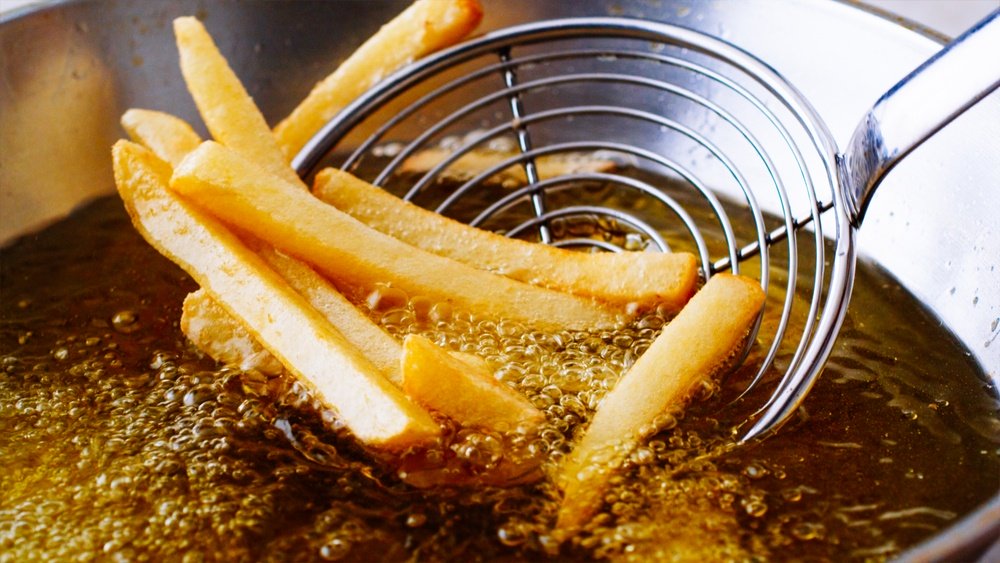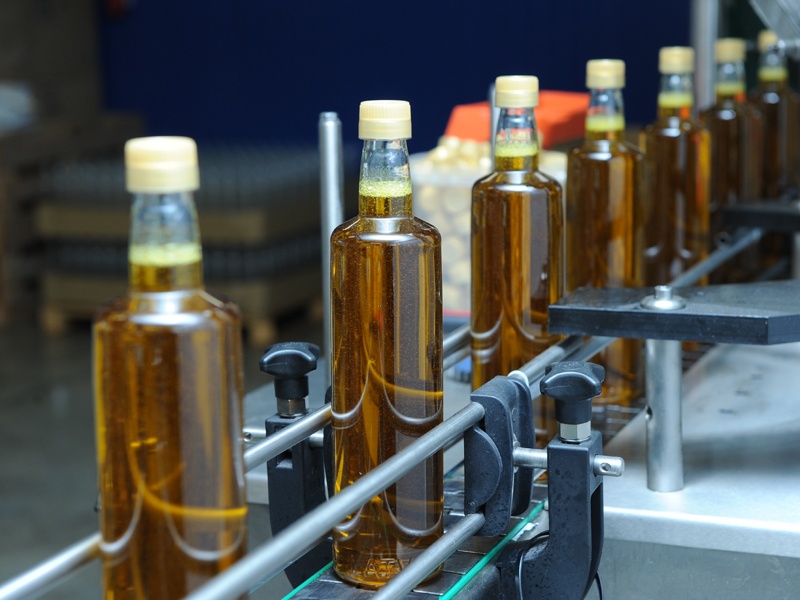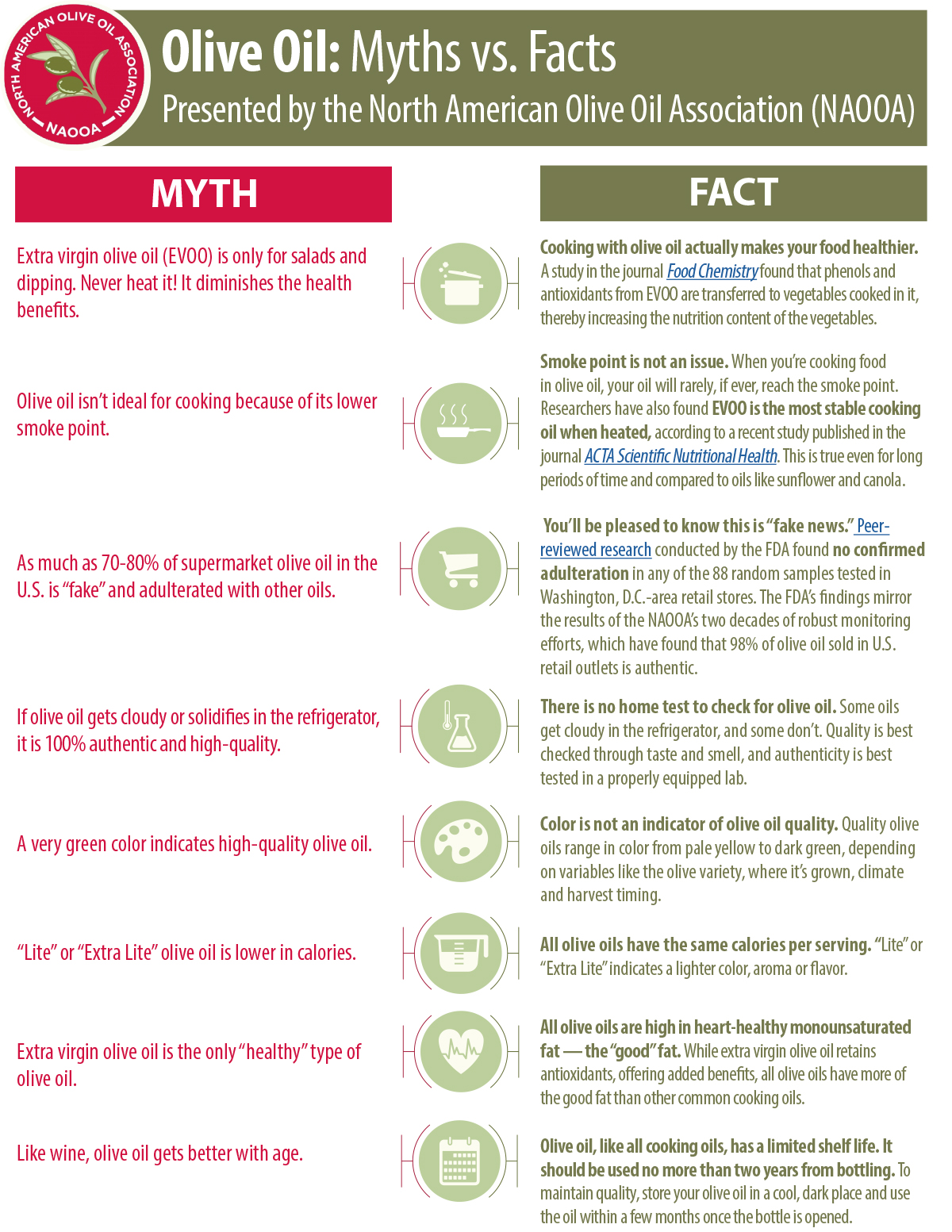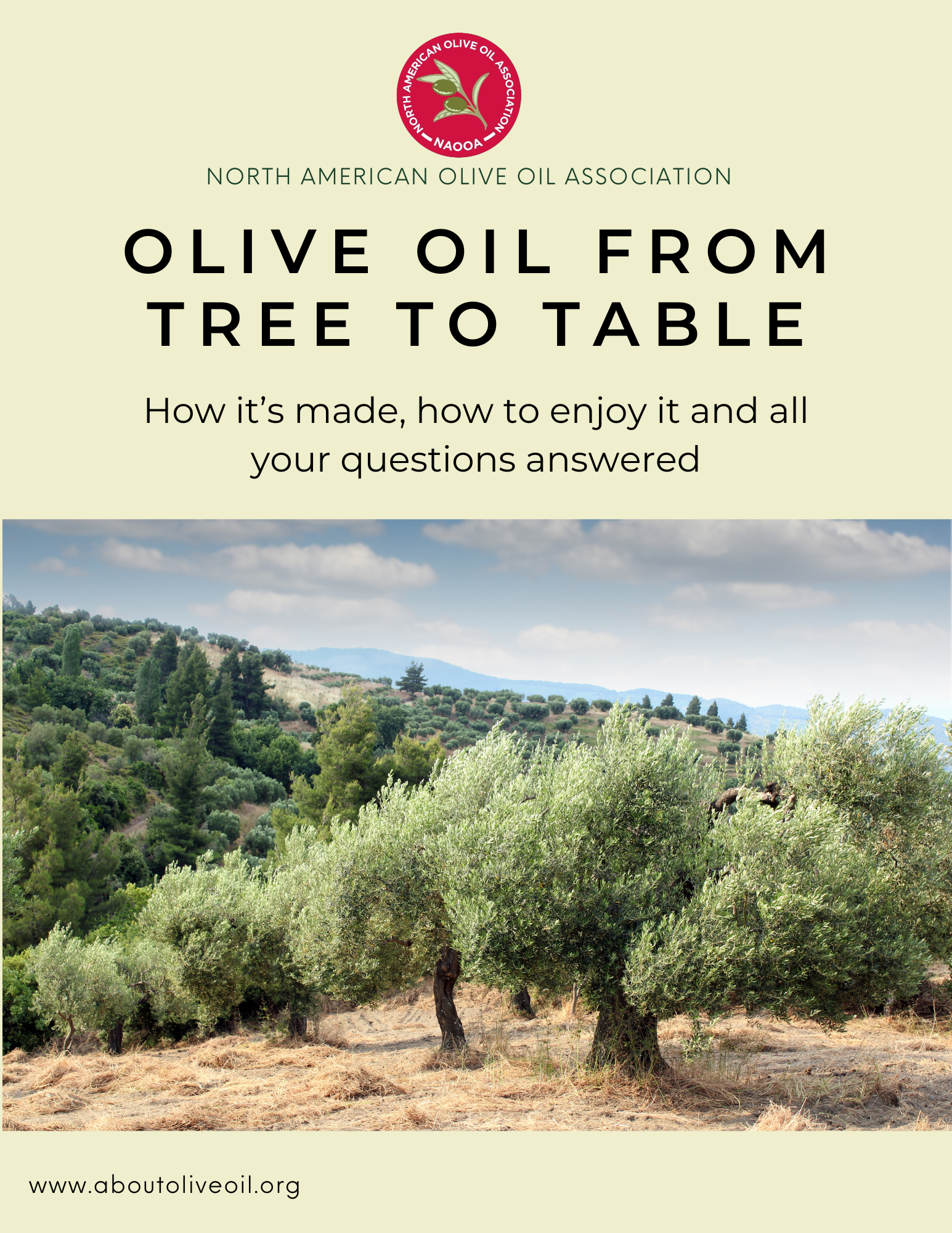Celebrate World Paella Day by making paella at home! Paella is an iconic Spanish dish that originates from Valencia,a region and city on the eastern coast of Spain, flanking the Mediterranean Sea. Rice has been a staple in Valencia for centuries, mainly due to the region's ideal rice-growing conditions. Introduced by the Moors during their occupation of Spain from the 8th to the 15th century, rice became deeply integrated into Valencian culture and cuisine.
The rice used in paella is short- to medium-grain rice called "bomba" and can be hard to find in your local supermarket. Bomba rice can absorb about 2.5 to 3 times its volume in liquid without becoming mushy. You can find this rice online. If you can't find bomba rice, you can substitute arborio rice.
Traditional Valencian paella is often made with rabbit, chicken, green beans, white beans, or even snails. Over time, many variations have emerged including recipes with seafood, meat or vegetarian. Here is a recipe that mixes seafood with chicken.
Paella Mixta (Chicken & Seafood Paella)
Ingredients:
- 2 cups of Arborio or Bomba rice
- 6 cups of chicken broth (or a mix of chicken and seafood broth)
- 1/2 cup extra virgin olive oil
- 1/2 gram of saffron threads (soaked in a few tablespoons of warm water)
- 4 chicken thighs, bone-in, skin-on
- 8 jumbo shrimp, ideally with the head still attached
- 1/2 lb of mussels or clams, cleaned
- 1/2 lb of squid, cleaned and sliced into rings
- 1/2 red bell pepper, sliced
- 1/2 green frying pepper, sliced
- 1 medium onion, finely chopped
- 4 garlic cloves, minced
- 1 large ripe tomato, grated with a box grater
- Salt and pepper to taste
- Lemon wedges, for serving
- Fresh parsley, chopped (for garnish)
Instructions:
-
Preparation of Ingredients: Ensure all ingredients are cleaned, chopped, and ready to go. This will make the cooking process smoother.
-
Cook the Meat & Seafood: In a large paella pan or wide skillet, heat up some olive oil over medium-high heat. Season the chicken thighs with salt, pepper. Brown the chicken on both sides until golden but not fully cooked. Remove and set aside. Quickly sear the shrimp until just pink on both sides (they will finish cooking later) and set them aside as well. Sauteen the squid until golden in color and remove.
-
Sauté the Vegetables: In the same pan, add a bit more olive oil and sauté the onion until translucent. Add the garlic and peppers, cooking until they're softened. Add the grated tomato and cook for a couple of minutes until the mixture thickens slightly.
-
Add the Rice: Pour the rice into the pan, stirring well to coat the grains with the mixture. Let the rice cook for a minute or two, absorbing some of the flavors.
-
Liquid and Seasonings: Add the saffron with its soaking water and the chicken/seafood broth. Season with salt and pepper. Taste the stock and adjust seasoning if necessary. Gently stir to ensure everything is evenly distributed.
-
Arrange the Meats: Nestle the partially cooked chicken thighs into the rice. Allow the mixture to simmer on medium heat. Turn the pan as you cook to ensure that all parts of the pan are heated evenly.
-
Add Seafood: When the rice is halfway done (about 10-15 minutes into the cooking), arrange the shrimp, squid rings, mussels/clams on top. Push them slightly into the rice and cook for 5-10 minutes.
-
Final Touches: Remove from the heat once the rice is almost fully cooked and the liquid is mostly absorbed. Paella experts recommend using your ears to listen for tell-tale sounds of sizzling which indicates that the water has been fully absorbed. Cover the pan with aluminum foil or a clean cloth and let it rest 5 minutes.
-
Serve: Remove from heat and let the paella rest for a few minutes. Drizzle with extra virgin olive oil. Garnish with freshly chopped parsley and serve with lemon wedges.
Note: Traditionally, paella is cooked in a special pan which is wide and shallow. If you do not have one, you can make paella in a skillet. If you are using a paella pan, do not stir the rice after adding the liquid. Instead, you can shake the pan to move the ingredients around. This allows the bottom layer form a slight crust (known as the 'socarrat'). However, if you are cooking paella in a skillet, you will need to stir to avoid the rice at the top from being undercooked as the liquid starts be be absorbed. 15 mins into the cooking time, you will want to start tasting the rice to determine if its cooked and add liquid as needed. Adjust the heat as needed to prevent burning.
Enjoy your delicious homemade paella and make sure to post it to social media with the hashtag #WorldPaellaDay





